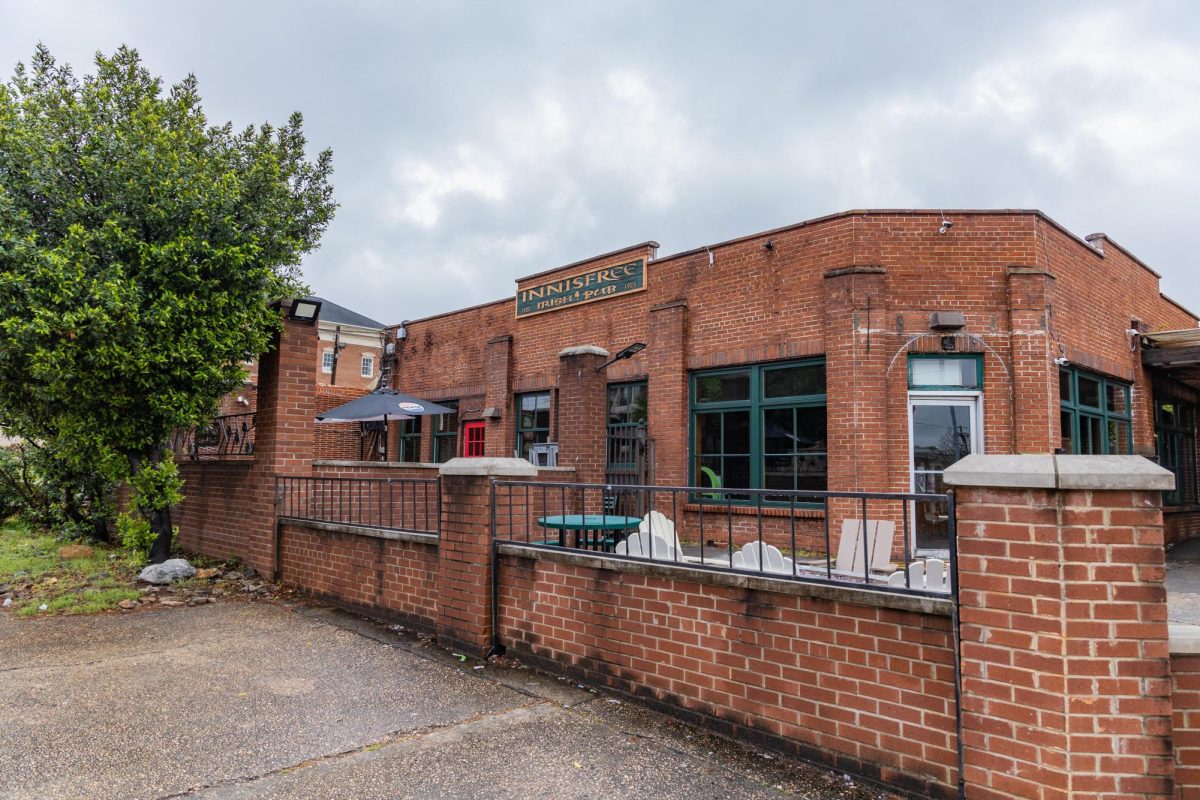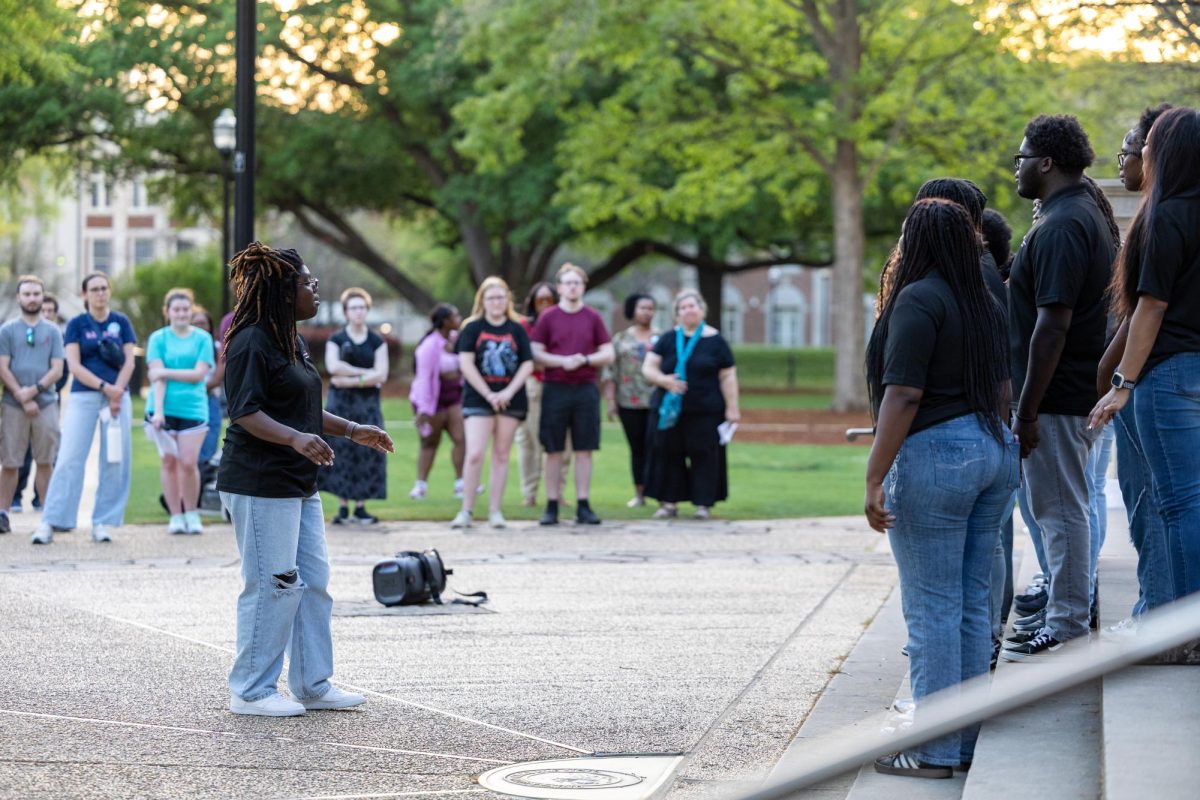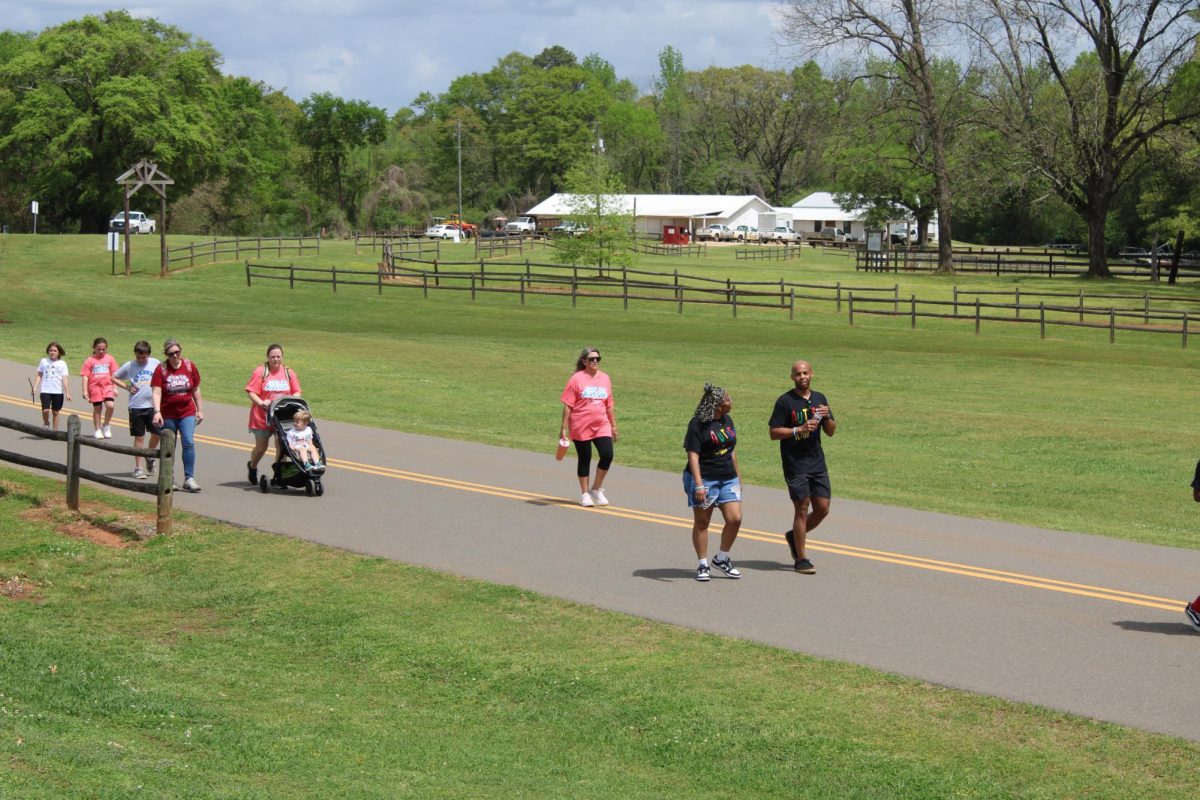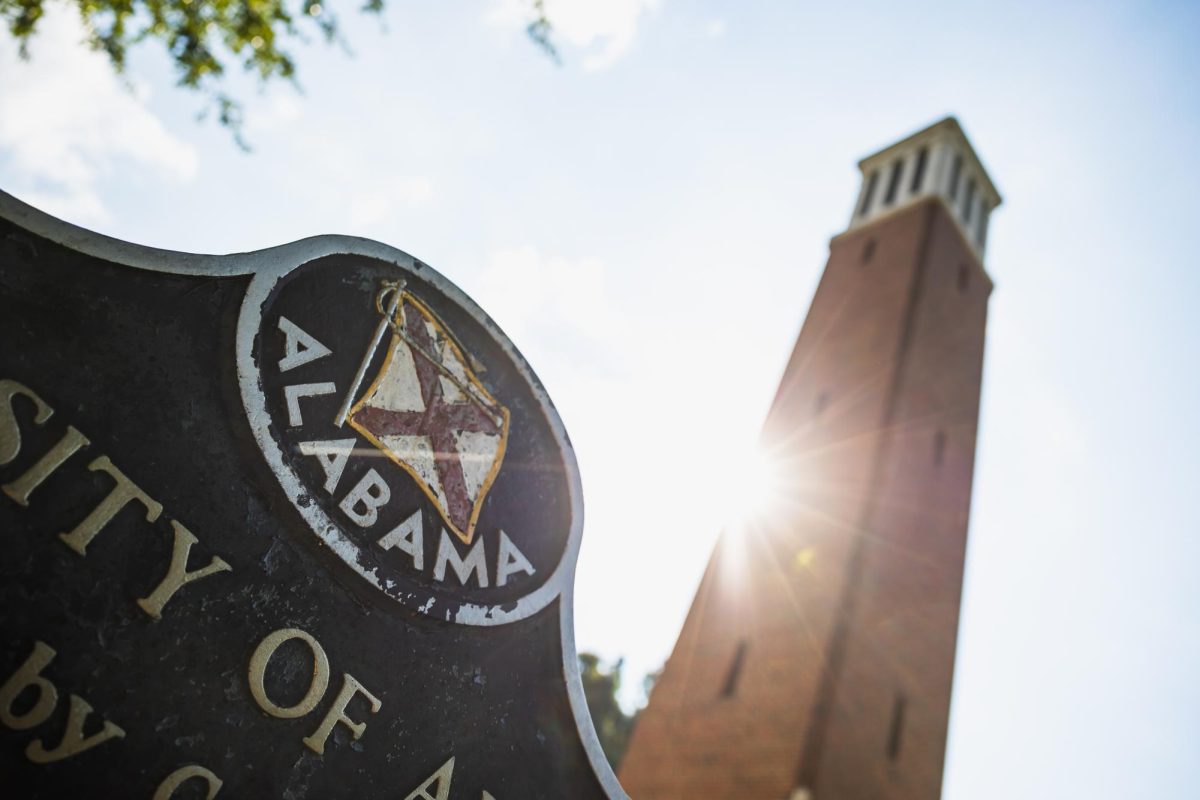The first time a child says “Roll Tide,” what makes them do so? University of Alabama students from many different departments are looking to answer this question and many more as they observe and write about children and child development through programs facilitated at the on-campus Child Development Research Center.
The CDRC is part of the department of human development and family studies in the College of Human Environmental Sciences and houses several programs to assist and teach students and serve the community, including the Children’s Program, a nationally accredited laboratory school program that enrolls around 110 children. Their ages vary from 2 months to 5 years old.
“In addition to our teaching roles, we are a research site. We have about 20 research projects ongoing at any one time, and it’s a lot of bells and whistles to go through to get your research approved, because you’re really doing research on human subjects,” Robin Hollingsworth, the Children’s Program director, said. “We’ve had people look at speech and language development, we’ve had students look at what teacher involvement takes away from play – [there is] just a wide variety of things.”
An upcoming project, The Roll Tide Study, supervised by Angie Barber from communicative disorders, asks whether early vocabulary development reflects cultural influences – like a young child saying “Roll Tide,” because they’ve heard it during their earliest periods of language development.
“[The children] really are the last people who really do think outside the box – somebody really hasn’t put them in a box yet as far as their thinking goes,” Hollingsworth said. “People try to look at what makes them different, because once we start getting into elementary school, that box kind of starts coming around you.”
The lab benefits more than human development students, Hollingsworth said.
“We have observation students that are taking our Human Development 202 and our Human Development 205, and not only our students, but typically some psychology, some education, some nursing, various different colleges send their students here for observation,” Hollingsworth said. “Their role is to come in and do a lab here, and they usually come an hour a week and observe a child of a specific age and write about them.”
Students are also enrolled in practicum-level courses, which allow them to work in the classrooms and to make lesson plans. The center carries six- and 12-hour internships, and even graduate assistantships.
Jason Scofield, an associate professor, runs Bama Cognitive Development Lab within the CDRC.
“If I have a student working with me, often times we’re asking a specific research question. We’ve been asking a lot of questions like ‘How do children decide who’s more trustworthy in their environment?’” Scofield said. “Students have a lot of opportunities to get involved with the research that involves working with children and their families, and can see how kids learn information and interact with other people.”
Other research opportunities include working with the Mobile Youth Survey and the Autism Clinic within the CDRC, Scofield said.
Margaret Davis, a senior majoring in human development, is enrolled in labs within the CDRC and substitute teaches while applying for an internship.
“I am in HD 322, which is where I’m involved here as well – I came in this morning and did an activity about the physical world, so I did the rain cycle. Each of the kids got a cotton ball and dipped it in water, just doing fun things like that,” Davis said. “It just breaks up your day and really touches your heart to be able to build relationships with these kids and I look forward to my future in it.”
The CDRC provides the University with other programs such as Child Development Resources, a program that helps Alabama families with children and the Capstone Family Therapy Clinic, which provides help to community members along with training graduate students that specialize in marriage and family therapy. The Pediatric Development Research laboratory also calls the CDRC home.








